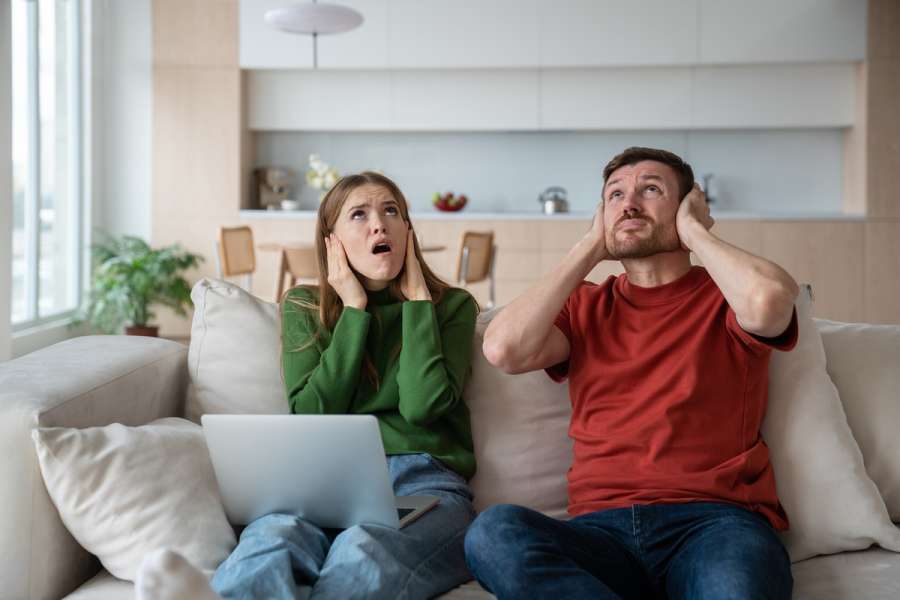Fearn v The Board of Trustees of the Tate Gallery [2023] was a landmark case regarding private nuisance.
The facts of the case are that Neo Bankside was developed at the same time as a new extension to the Tate Modern was being created. This extension is now known as the Blavatink Building. The 10th floor of that building contains a walkway open to the public that affords 360-degree views of London.
At the Neo Bankside development, there are floor-to-ceiling windows that give residents views over London but also allow outsiders to see in.
The claimants, who were the owners of four flats on different floors of Neo Bankside directly opposite, complained of being subject to scrutiny by visitors to the Tate Modern. Some visitors went so far as to wave to the residents in the privacy of their homes. Lord Leggatt in the Supreme Court stated the situation for the residents was “much like being on display in a zoo”.
The residents complained to the Tate Modern, and some preventative measures were installed. However, they did very little to stop the visitors from overlooking. As a result, the claimants issued a claim against the Tate Modern in private nuisance, seeking an injunction to close off part of the viewing platform.
The Result
Both the High Court and the Court of Appeal found that the use of the viewing platform was intrusive but did not believe that it amounted to a nuisance. Nominal damages were awarded, but no injunction was granted.
The claimants were not satisfied with the judgment and so took the matter to the Supreme Court.
The Supreme Court ruled that the lower courts were wrong in not finding that there was a nuisance and thus allowed the appeal.
Implications
The decision of the Supreme Court has been welcomed by many. However, some have criticised the decision as it will have an impact on the future development of cities and urban areas.
However, it does suggest that owners of properties do need to take care to ensure the use of their property does not encroach on the neighbouring properties, for example by taking additional steps to prevent interference.
The decision is significant as it provides the lower courts a clearer outline for addressing new forms of interference.












